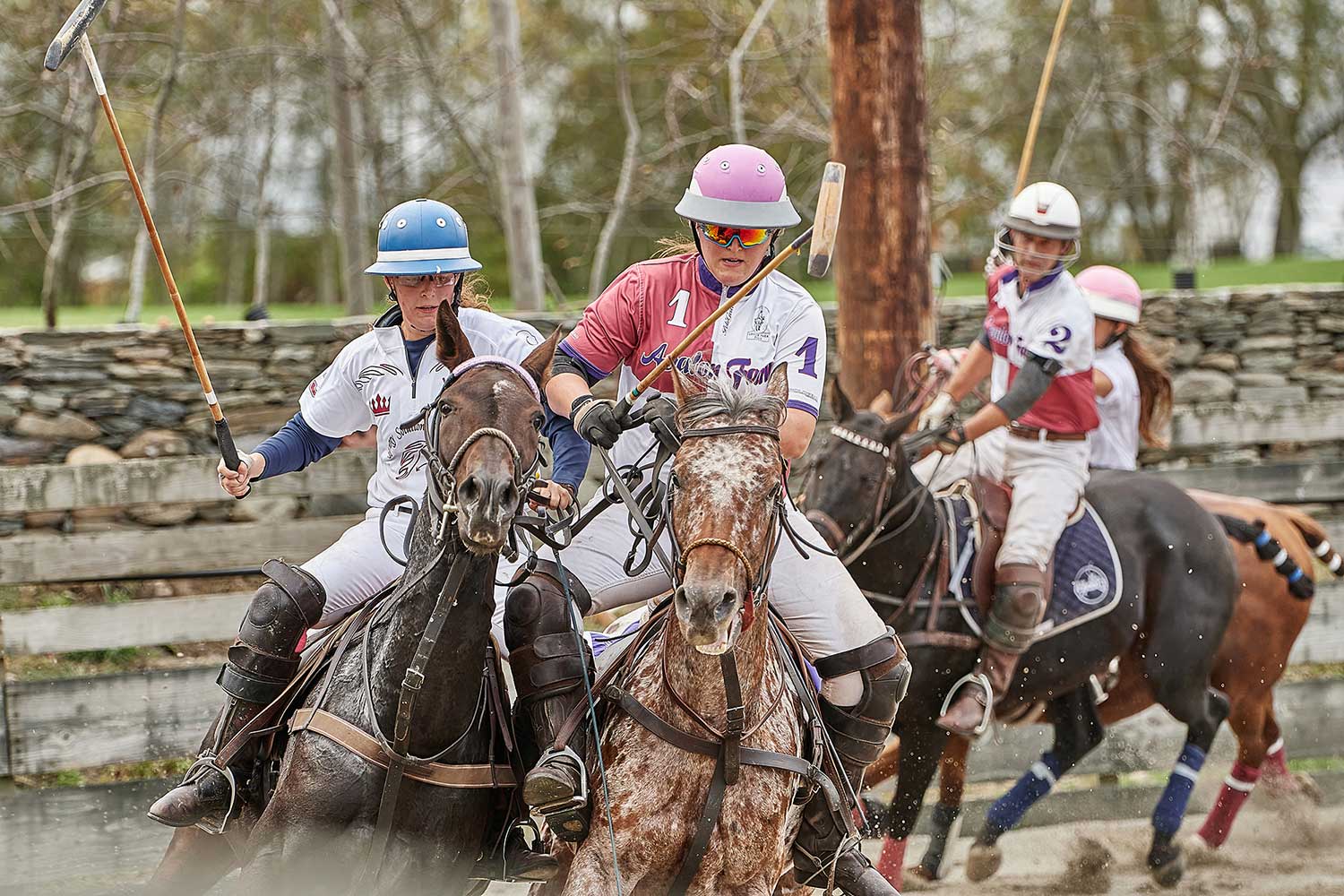The 70-200mm F2.8 DG OS HSM | Sports lens has been in most pros’ arsenals seemingly since the beginning of time. One reason is because it offers an ideal zoom range for a wide range of subjects. The constant F2.8 aperture is another plus. But the biggest advantage is the sharpness and build quality that traditionally marks it as a pro lens.
70-200mm lenses are relatively short zooms ideal for action sports events, and given a relatively small field, hockey rink or a basketball / volleyball court, they will allow you to get right into the action. Even on larger fields like football, soccer or, in my case, polo and rugby, if you can access the sidelines, a 70-200mm lens has plenty of reach to get you into action on the other side of the field, especially if you use a crop-sensor camera.
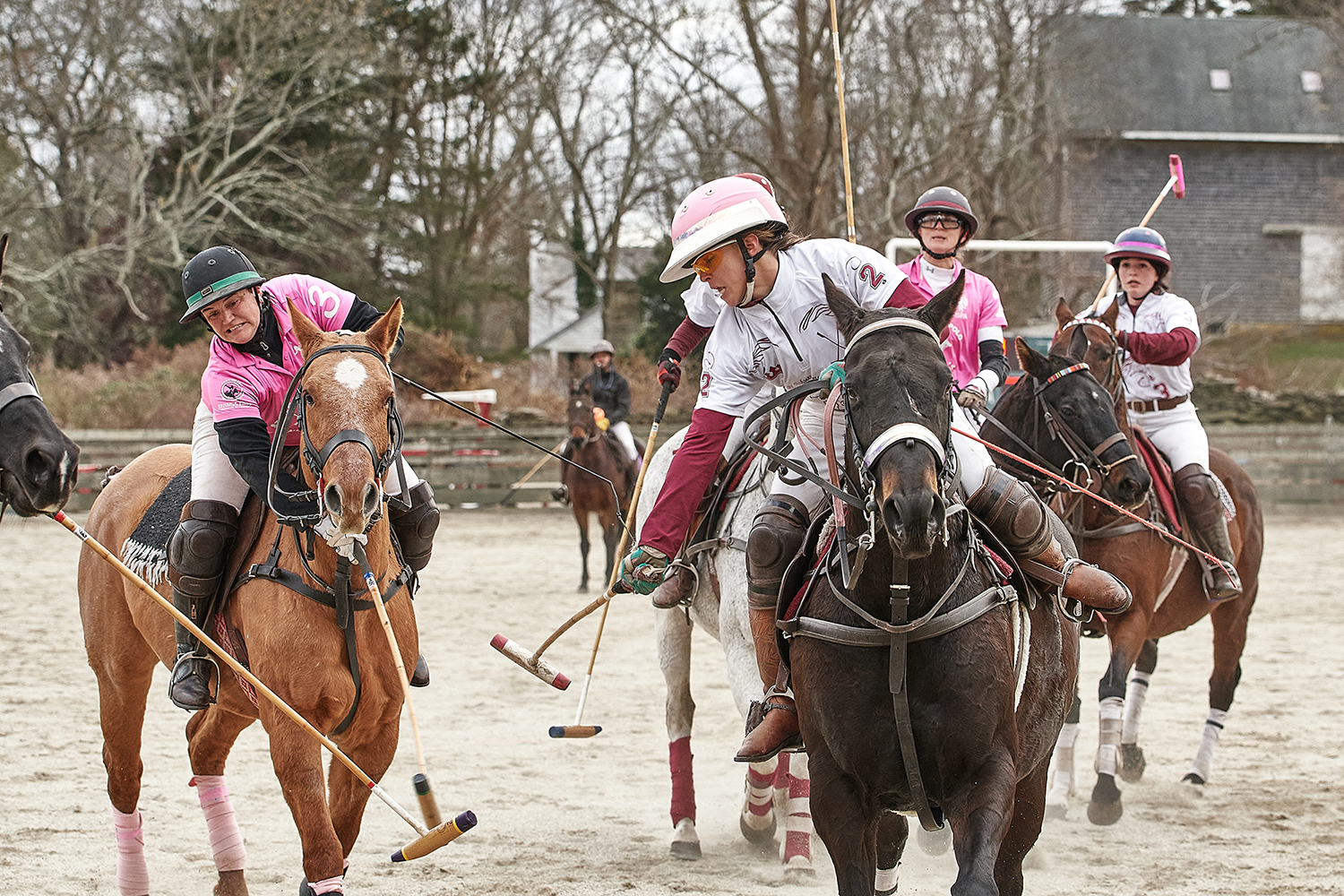
Features of SIGMA’s 70-200mm F2.8 DG OS HSM | Sports lens
All the major lens manufacturers have made great 70-200s including SIGMA, but SIGMA’s “Global Vision” generation 70-200mm F2.8 DG OS HSM | S is seriously built to take the abuse that us sports photographers routinely put our equipment through. It’s weather sealed, solid (yes it’s built like a tank) and has very fast and accurate focus. This lens is sharp too, just as sharp as any other 70-200 I’ve ever seen, all at a price point below the competition. As soon as this lens was released, I began to see lots of stellar feedback from all the major reviewers.
The lens has several controls and features built in that add value to an already brilliant lens. The control switches are set on the left side of the lens inside a low-profile bump that protects the switches, but doesn’t get into your way when shooting. The 4 switches include:
- Focus: Auto / Manual / Auto w/ Manual Override
- Focus: Full / 3m-infinity
- Optical Stabilization: OFF / OS1 / OS2
- Custom: OFF / C1 / C2 (programmed with the USB Dock)
The lens also has a set of 3 programmable buttons set 90 degrees apart between the focus and zoom rings. As I normally either use D25 or GRP focus on my Nikon D500, I programmed them to spot focus so that I could quickly get an accurate, tight focus when my subject was partially blocked by other players. When the button is pressed, the programmed setting is activated. When you release the button, the camera goes back to its original setting.
The SIGMA 70-200mm F2.8 DG OS HSM | Sports has a couple more cool features that add additional value. A built-in Acra Swiss compatible foot is included that allows you to attach the lens directly to a compatible tripod. The attached collar allows the foot to rotate 360 degrees, which isn’t uncommon, but there are stops every 90 degrees which is a great help when you’re shooting from a tripod or monopod and need to quickly switch orientation of the camera. The foot isn’t integrated into the collar either… four bolts allow you to remove the foot if you wish. Finally, every lens has a hood which basically twists on with a quarter turn. This hood is so much easier to put on and take off than any other lens I’ve used. With an easy quarter turn it locks in place. To remove the hood you push a small button to unlock the hood and it’s another easy quarter turn to remove it.
The 70-200mm F2.8 DG OS HSM | Sports in action
This past fall and winter, I took advantage of an opportunity to borrow the SIGMA 70-200mm F2.8 DG OS HSM | Sports lens to shoot a series of outdoor Arena Polo Tournaments, and as the weather cooled off, I took it indoors for more polo and some ice hockey as well. I even got a chance to shoot a Rugby match. Lighting conditions varied from bright midday sun and late afternoon fading light to full cloud cover and the total nightmare scenario you get inside a dingy indoor horse arena. I think I put the lens through a decent workout.
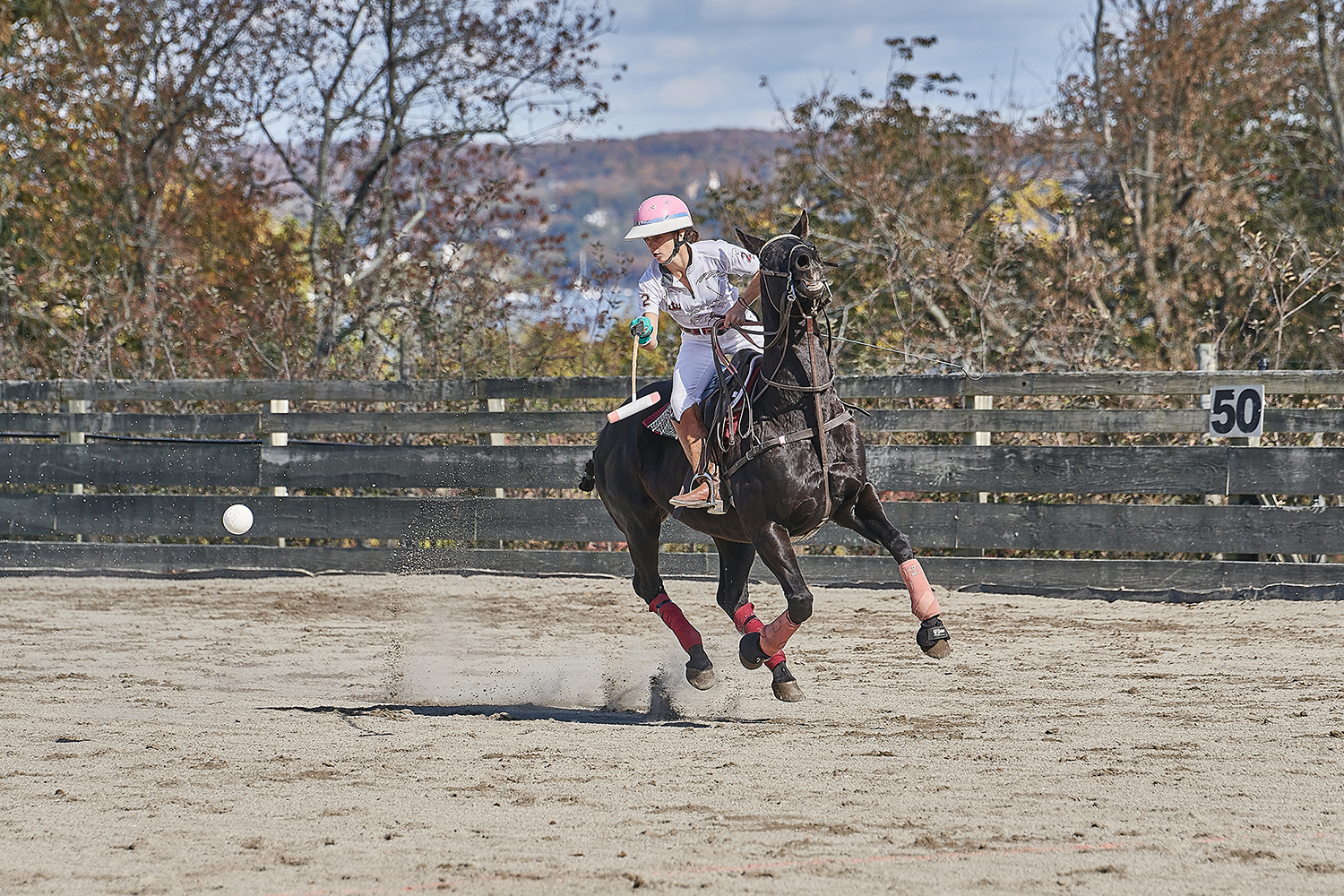
Arena Polo is played in a rink that’s just a bit smaller than a football field (100 feet wide x 300 feet long vs 160 feet wide x 300 feet long) and is enclosed with a four-foot high fence around the perimeter, so getting right up close to the action is pretty easy. The narrow arena allows me to have horse and rider fill 2/3 of the frame when I’m shooting from the opposite side of the arena.
The Rugby game I shot was played on a soccer field and I had nice bright sunshine to work with. I was able to roam up and down the sideline, keeping me relatively close to the action, but the field was a bit larger than the arena so I eventually switched over to my SIGMA 100-400mm DG OS HSM | Contemporary to get closer to the action.
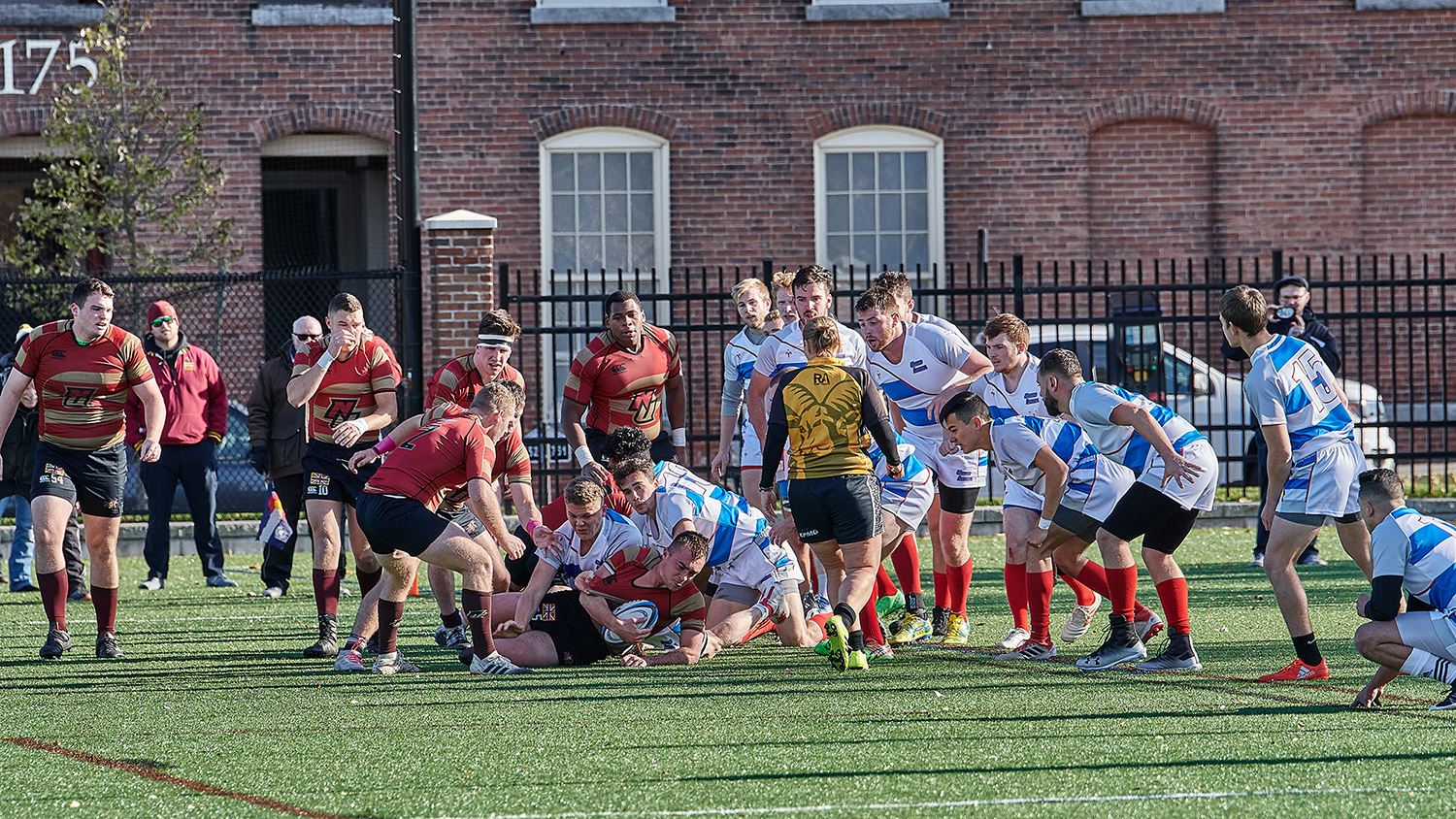
Of course, when the action is really approaching you quickly, having a lens that can track fast action is essential. This lens does that in spades. Not once did I have to wait for the lens to acquire my subject, and once it focused, it stayed locked on no matter how fast the horses were bearing down on me.
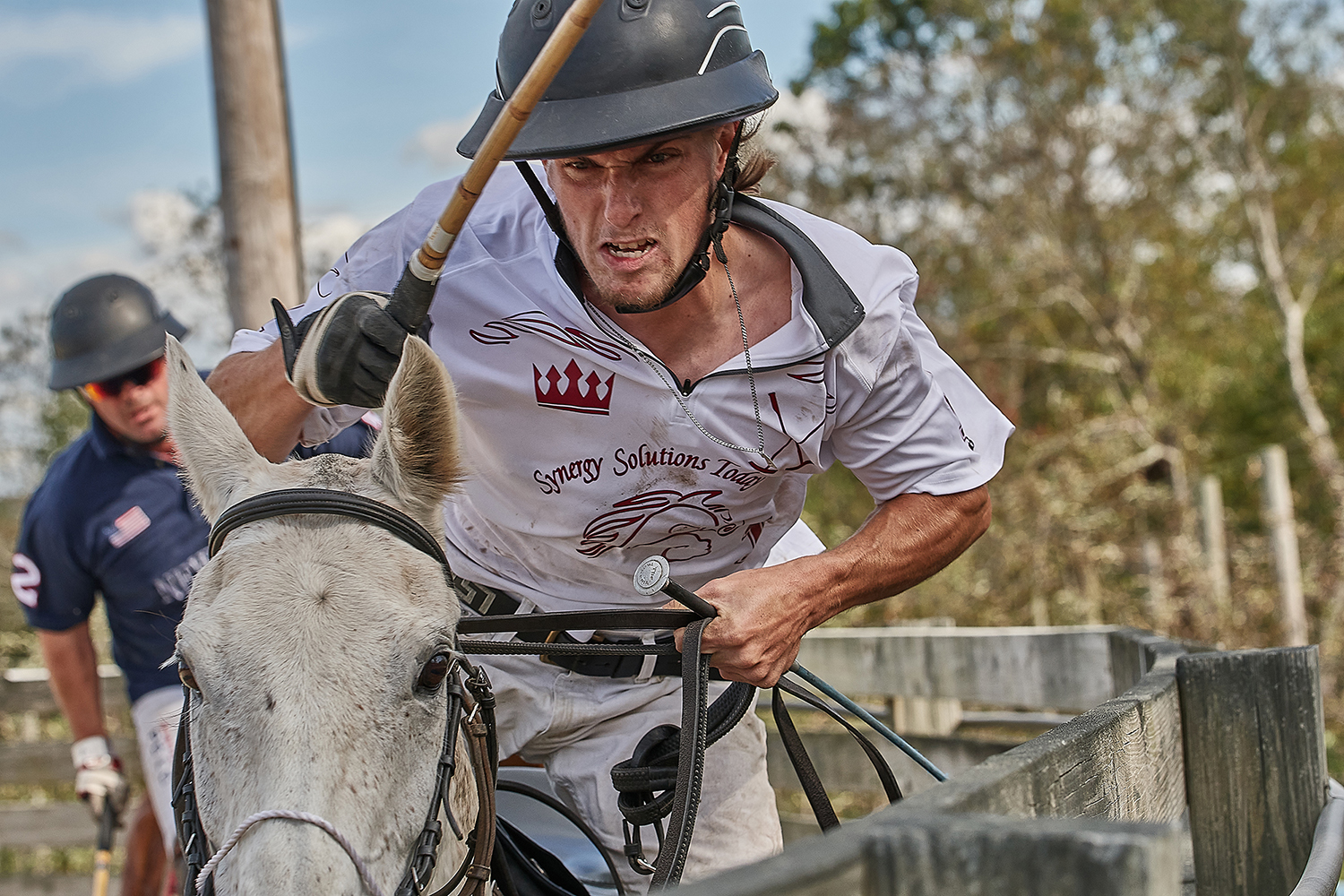
Taking advantage of aperture
One of the nice things about using a fast lens is that as you lose light, you can open up the aperture while maintaining a fast shutter speed, and therefore keep your ISO at a relatively low, manageable level.
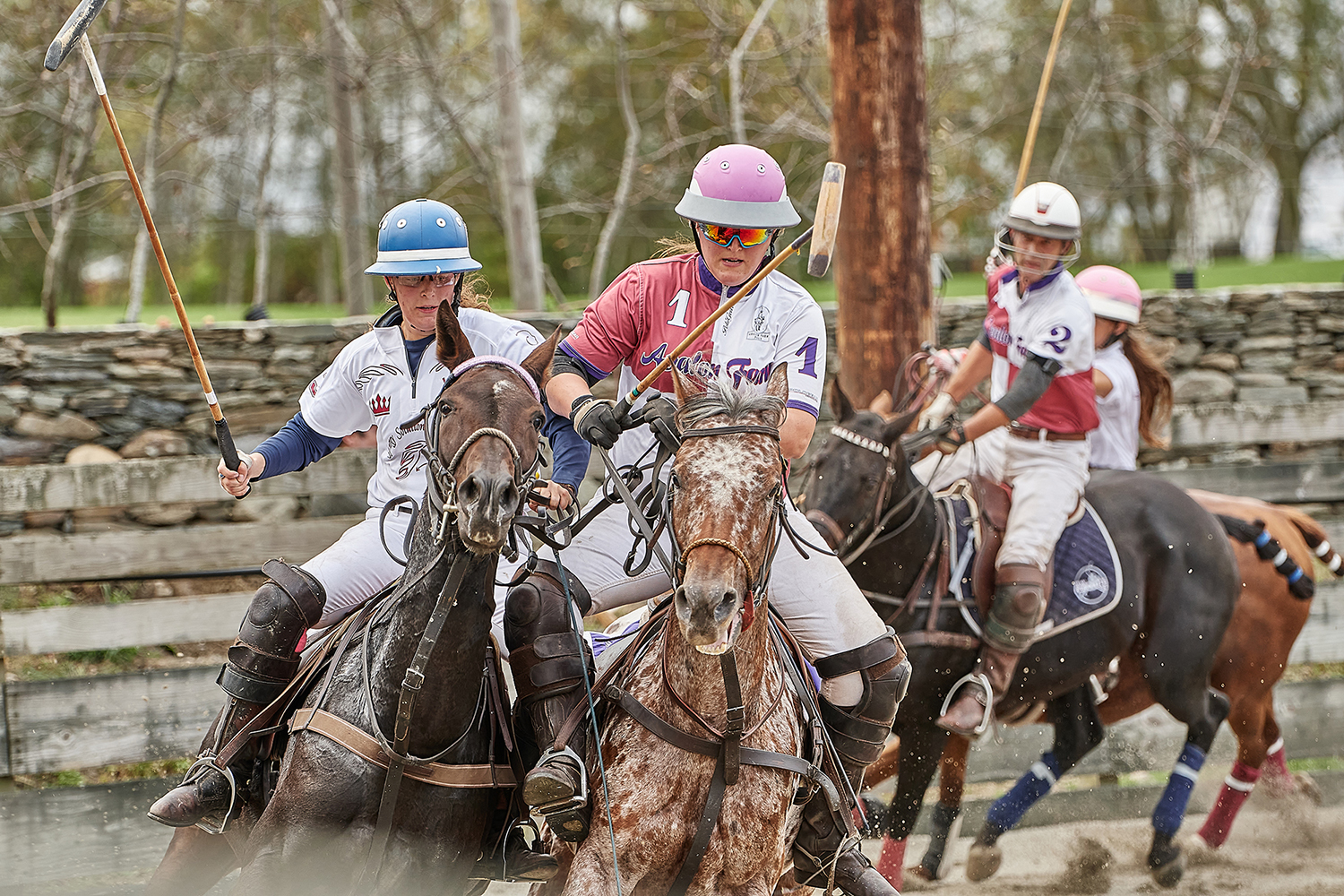
One of the perks of having that ability to shoot at F2.8 is that you can really isolate your subject from the background. Not to mention this lens really gives you great bokeh, too.
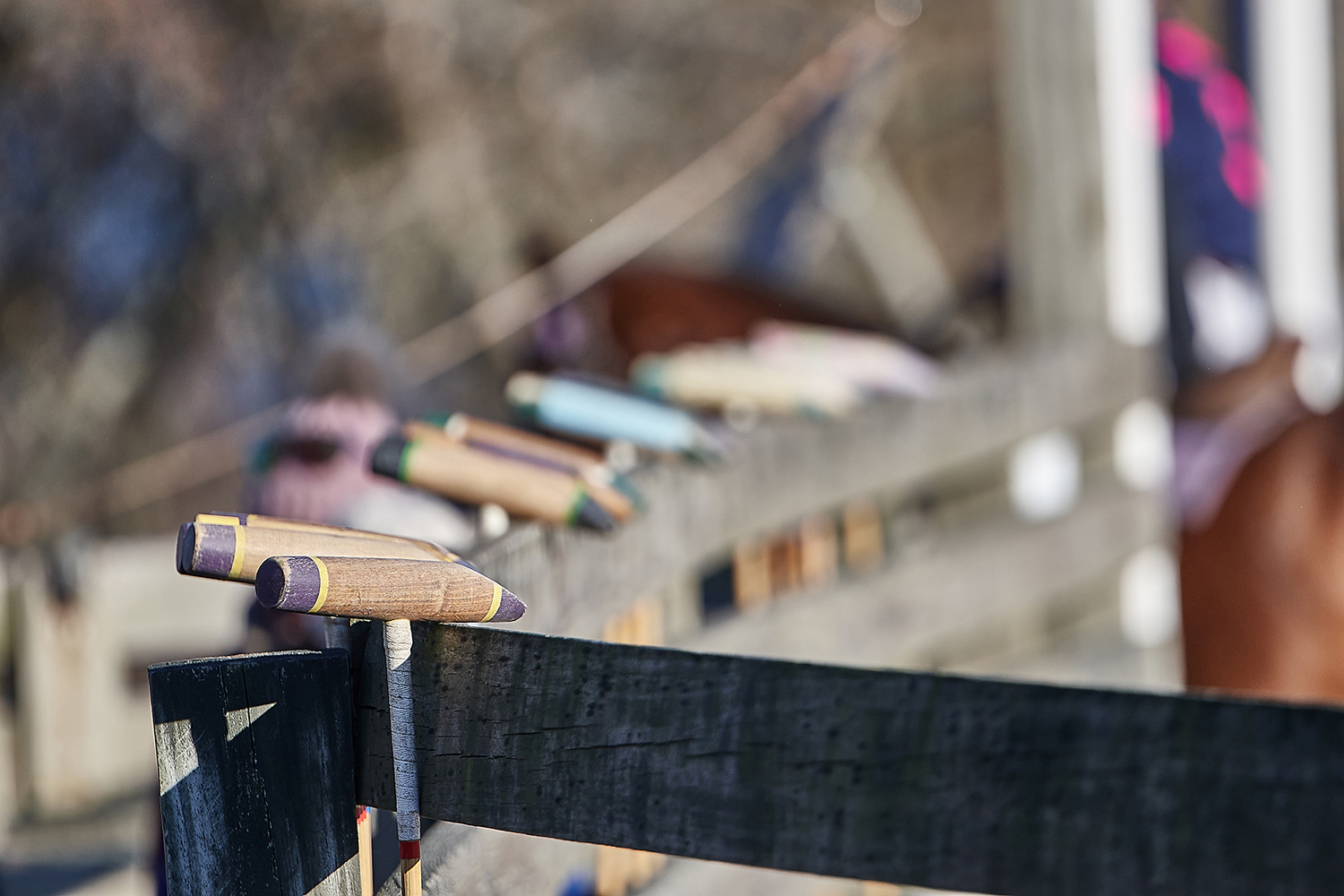
As you’d expect, this lens is really sharp. I found that shooting around F4 gave me great results.
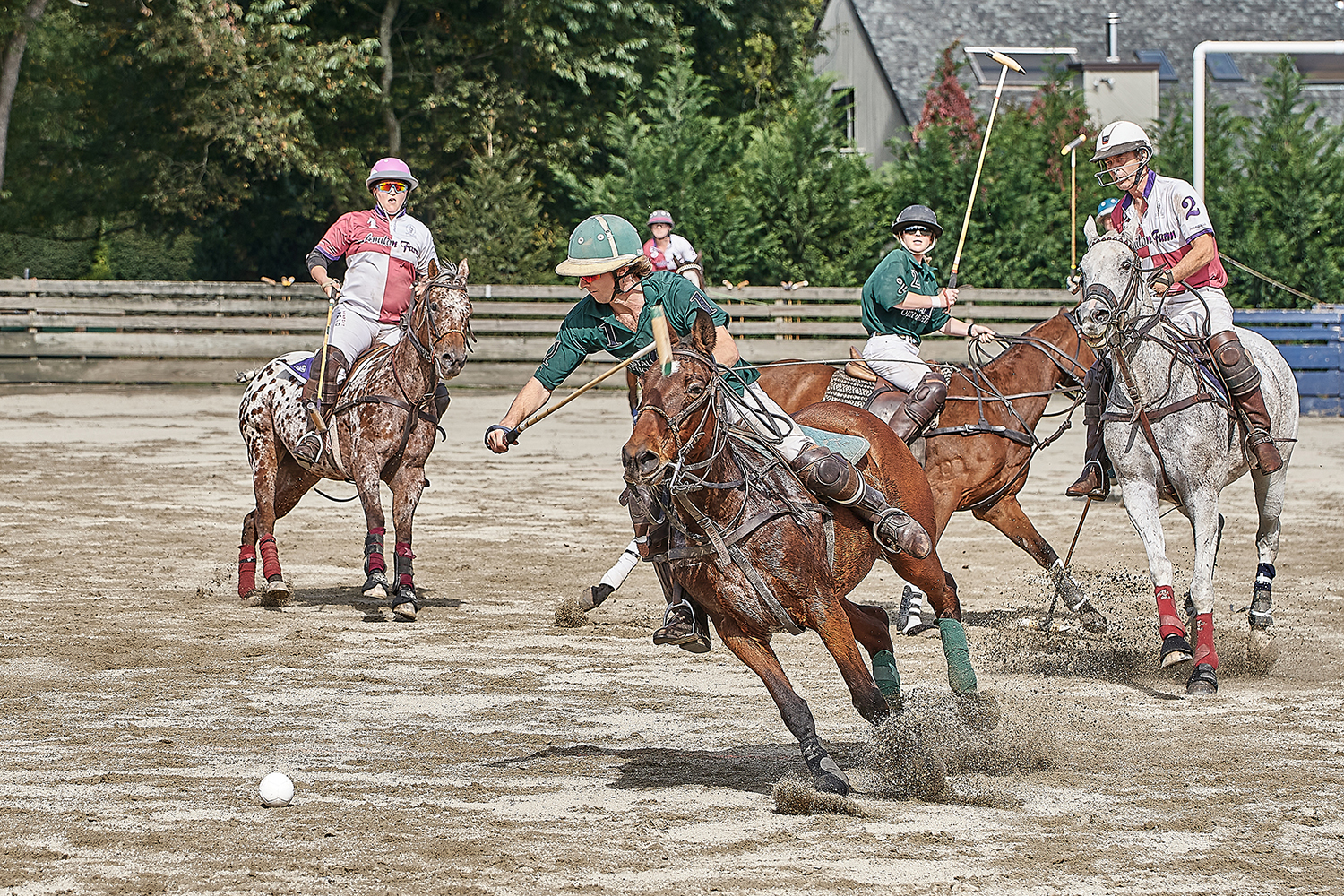
Once the action gets within 50 yards or so, this lens got me pretty close to the action with horse and rider almost filling the frame.
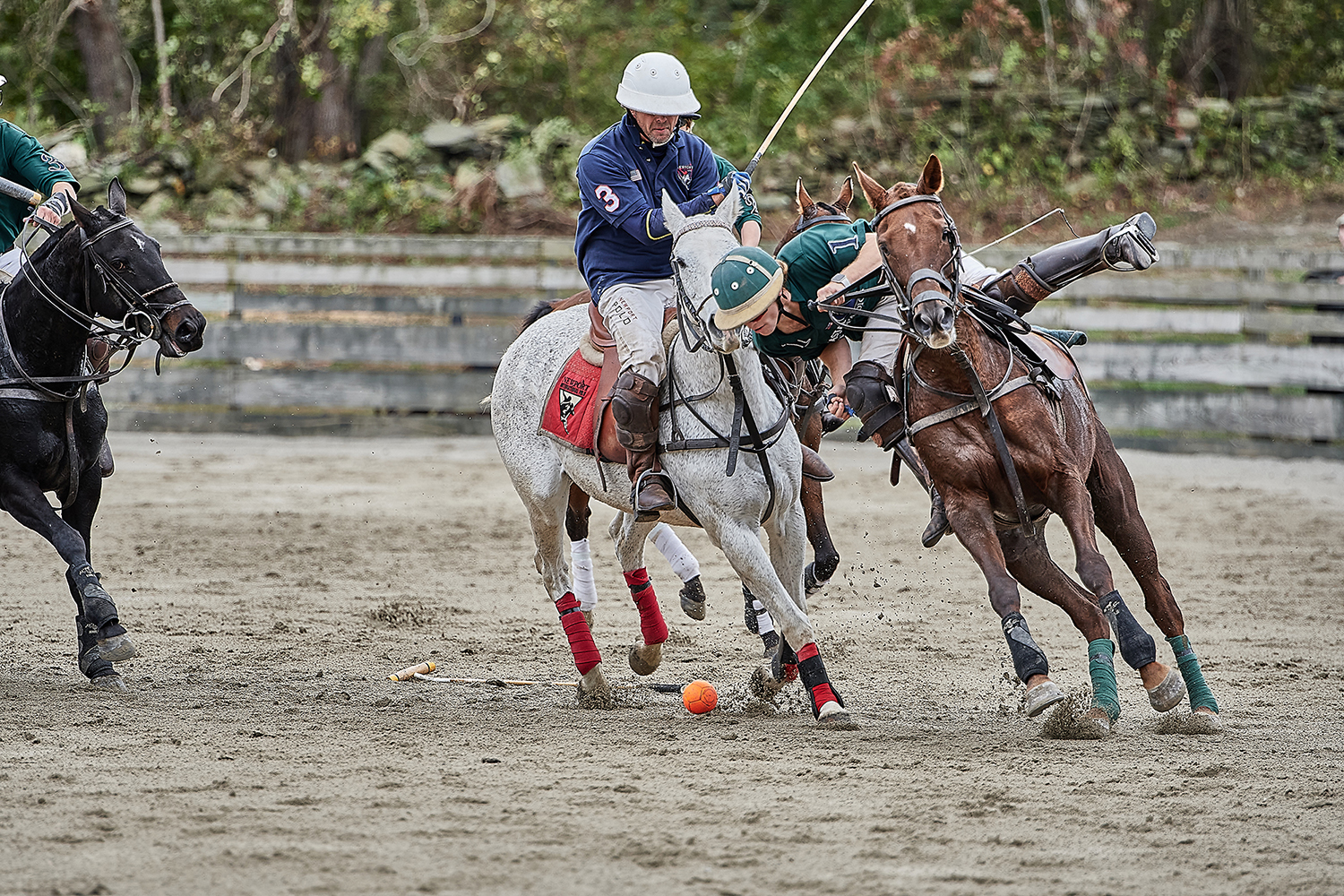
When the action gets close, less than a quarter turn of the zoom ring shifts you from 200mm all the way out to 70mm. There’s no push-pull action like the 100-400mm Contemporary since the zoom mechanism is all inside the lens, and the lens doesn’t telescope as you zoom in. I didn’t have any issues with zooming all the way out from 200mm to 70mm.
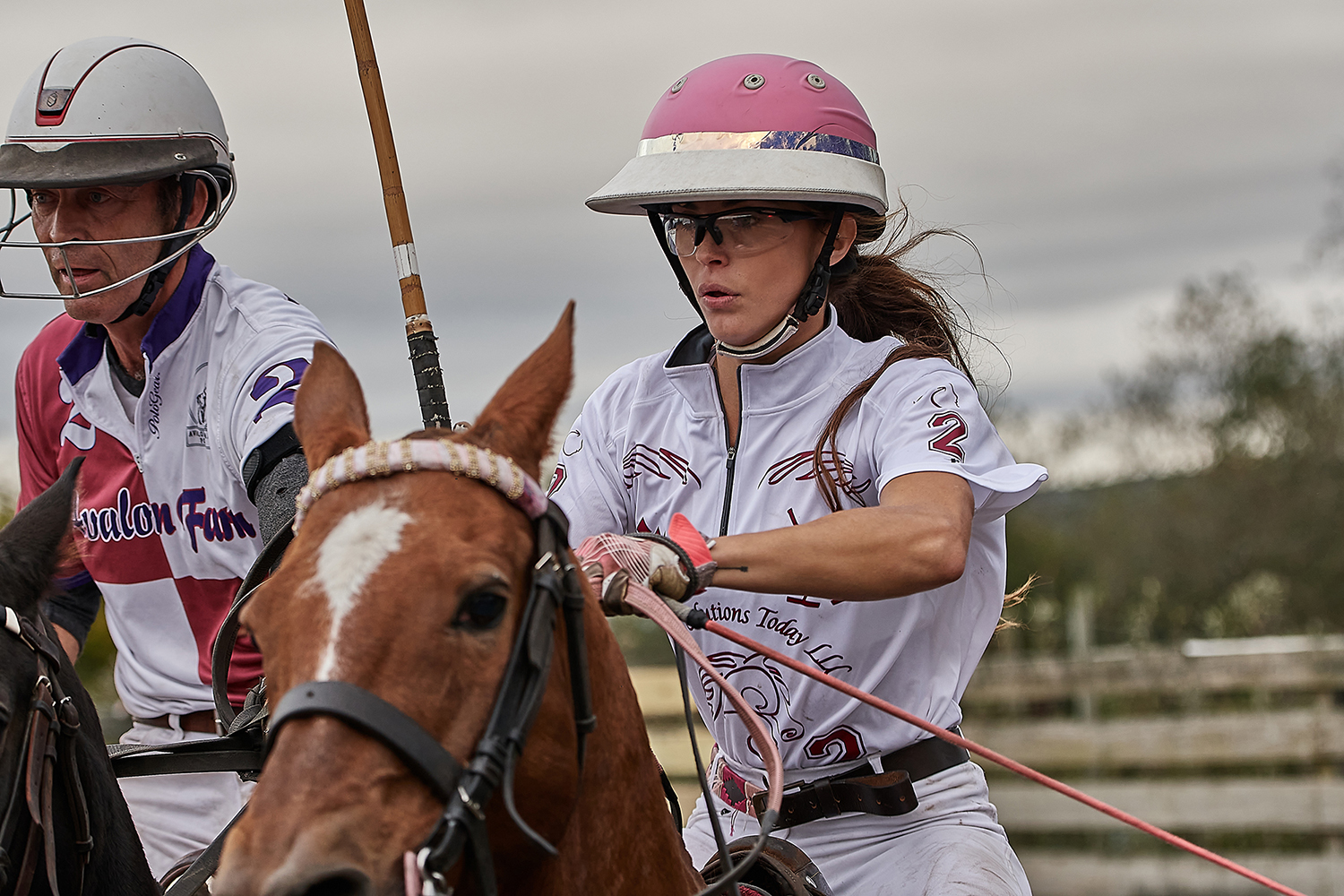
Catching light with the 70-200mm F2.8 DG OS HSM | Sports
Where this lens really shines as a sports lens though is when you lose the light like on dark, rainy days, or when you’re in a dimly-lit hockey rink, gymnasium or indoor arena. Being able to shoot at a constant F2.8 has given me so much more light to work with than with my slower variable-aperture zooms. At F2.8, I can shoot action at an ISO of 1250 on a dark, overcast day, whereas if I were using my 100-400mm F5-6.3 Contemporary lens, I would have to be at least at an ISO of 4000 to shoot in those same conditions. I prefer to control my settings instead of letting the camera choose them, so having the constant F2.8 aperture gave me the opportunity to shoot in manual mode when shooting indoors.
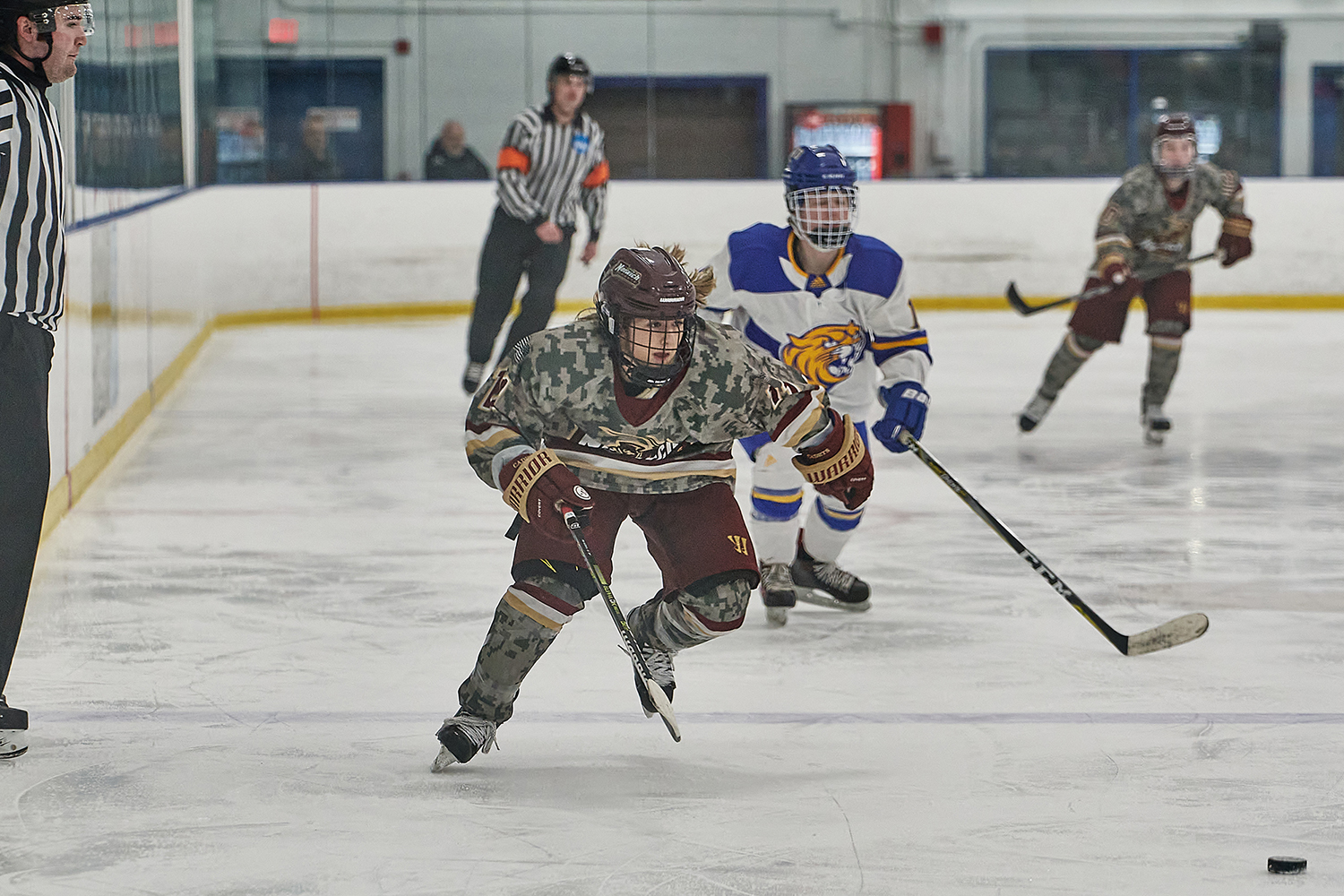
There are venues that aren’t as well-lit and you do have to rely on the camera to help you adjust to quickly-changing lighting conditions. This past winter, I shot a series of Polo tournaments indoors in a very poorly-lit arena. When the players were out in the middle of the area, the light from the skylights in the roof helped, but in the corners and along the sidelines, lighting conditions became extremely tough.
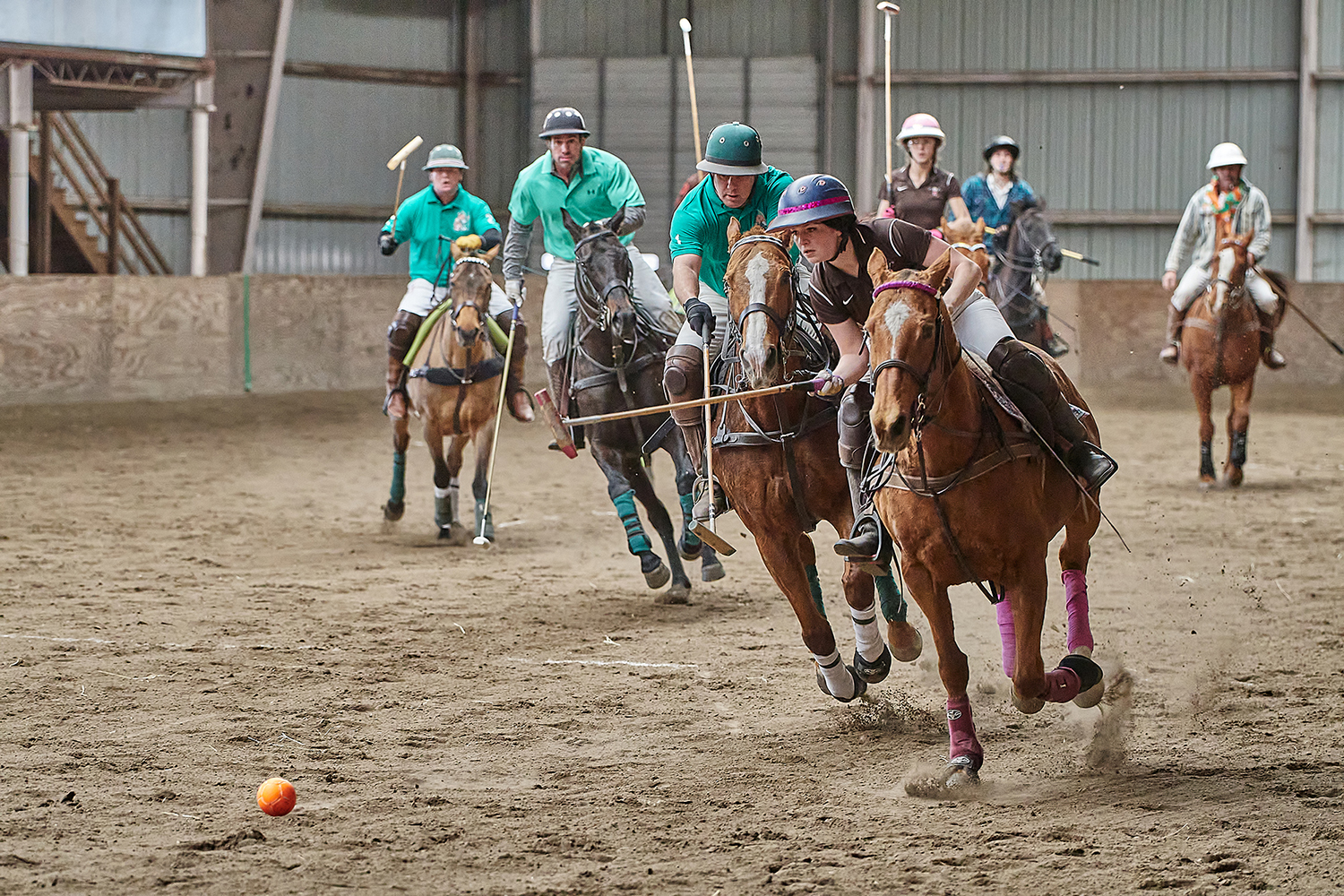
Both the image above and the one below had quite a bit of grain that needed to be cleaned up. I used the Adobe Elements RAW editor to process them, and I think they came out pretty well. Will I be able to blow these images up to 20×30 inches? Probably not, but they are definitely serviceable, which wouldn’t have been the case if the lens couldn’t track well in very low light. I found that the lens was able to lock onto the fast moving riders quickly and accurately in conditions even worse than those depicted here.
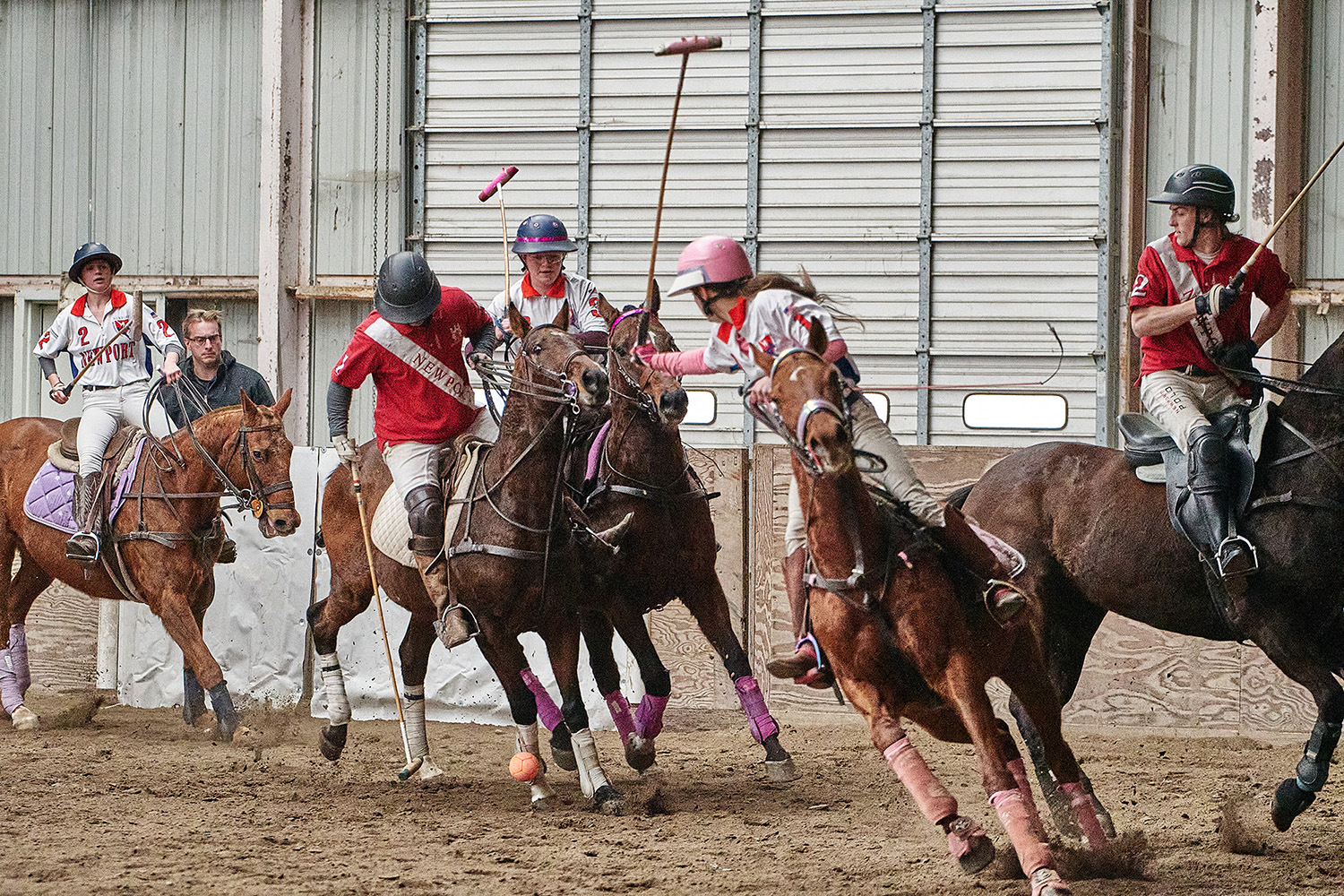
To sum up my thoughts on this lens, it’s sturdy and well built, it’s sharp as a tack, and image quality is as good or better than anything offered by the competition. The various features that Sigma has built into it are functional and well-placed. The toggle switches are well-protected, the lens hood is outstanding and even the tripod foot is a well-designed, low profile element of the lens. The SIGMA 70-200mm F2.8 DG OS HSM | Sports is definitely a lens that I want in my arsenal.

